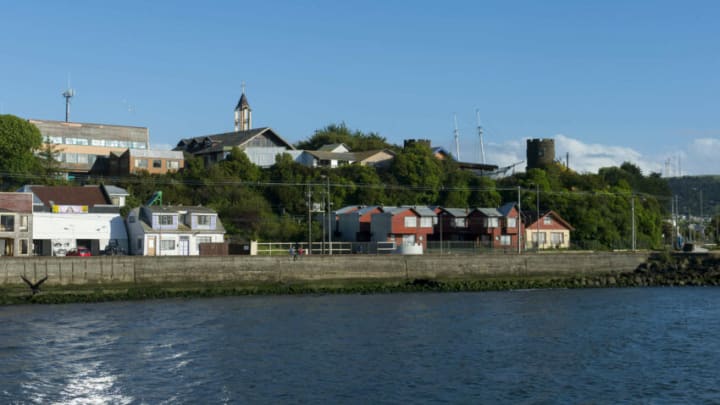Chile is one of the most beautiful countries in the world. It’s filled with stunning nature to enjoy and the cities stacked with arts, culture, history, and food. But there are so many areas to explore that it can be hard to decide where to start, though there’s one spot you have to try.
The Chiloé Archipelago is a group of islands off the coast of Chile in the waters of the Pacific Ocean. It is distinct within the country for a number of reasons, offering Chileans a unique experience. And it’s reputedly a magical one for tourists from around the world.
The history of the Chiloé Archipelago
Settlement in the archipelago potentially goes back to 12,000 BC. But as was the case with large portions of Chile, not to mention South America in general, the arrival of the Spanish really got the proverbial ball rolling.

The Spanish made their debut on Chiloé in the mid-1500s. As is often the case when a new culture shows up, there were upsides and downsides to their arrival. But for nearly 300 years, the Spanish were firmly in control of the region, for better or worse.
While the Chilean Republic was established in the 1800s, the Chilote people were apparently not as enthused and remained loyal to the Spanish. They reputedly complained incessantly to Charles Darwin, of all people, when he arrive in 1834.
Once industrialization kicked into high gear in Chile, Chiloé went through some huge changes. For centuries, it was a primarily rural culture. Now, it’s mostly urban with a strong focus on tourism. Again, this is a “for better or worse” situation.
What makes Chiloé special in Chile
Even people who regularly travel to Chile are often surprised by what they find in Chiloé. Being disconnected from the mainland definitely encouraged the development of unique culture and way of life. Even modern connections to the mainland haven’t dissipated that completely.
Chilote culture has its own unique mythology and cuisine, which is quite distinct from Chile. Even the architecture has disparate elements from the mainland. It’s not like everything is different but it’s just different enough to make you feel like Chile is a world away.
The Spanish influence is certainly key here. Chiloé was the last holdout as Chile worked to repel them. And to this day there are several elements of Spanish culture that are not only prominent in Chiloé but celebrated.
More than that, the nature of the archipelago itself sets it apart from the mainland. The climate is incredibly temperate, if not cool at times. It has lush, dense forests as well wetlands and mountains. This diverse range of ecosystems in such as small space makes Chiloé quite special.
Why you should plan to go
Approximately half of Chiloé is still covered in rainforest. As such, getting out and enjoying nature is inevitably on the top of the list. Wandering Chiloé National Park is a good start. It’s home to a variety of wildlife, including the world’s smallest deer, the pudú.

Eating in Chiloé is also key. The bounty of seafood here is on another level and demands to be experienced. On top of that, Chiloé is home to hundreds of varieties of potatoes, a large percentage of which are unique to the archipelago.
Exploring architecture is also a marvelous way to spend time. Traditional stilt houses called palafitos are colorful and intriguing. The same can be said of the many brightly colored churches dotted about the archipelago.
Traveling to Chile is already an amazing experience. But adding a stop in the Chiloé Archipelago could only make it that much more engaging. It is a world within a world, one that few travelers take the time to experience.
